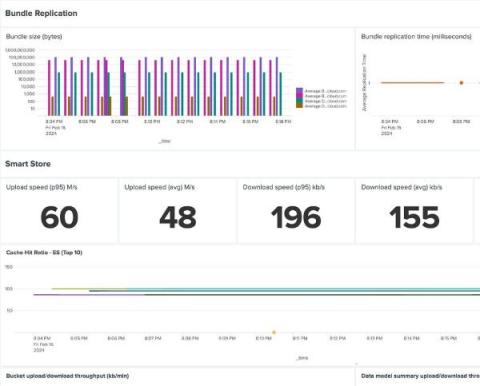Streamlining Your Business Processes with Effective ERP Implementation Strategies
Did you know that the Enterprise Resource Planning market is expected to reach $103.95 billion by 2029? This shows the increasing importance and use of ERP systems in businesses. ERP systems are comprehensive software solutions that integrate various business processes. This integration can improve the efficiency and productivity of a business. It can also provide real-time data and insights to aid in decision-making.











